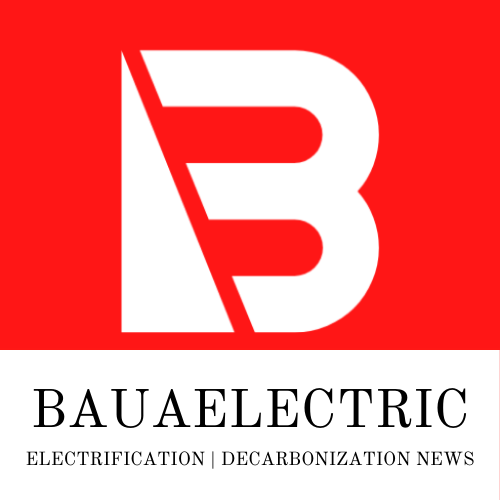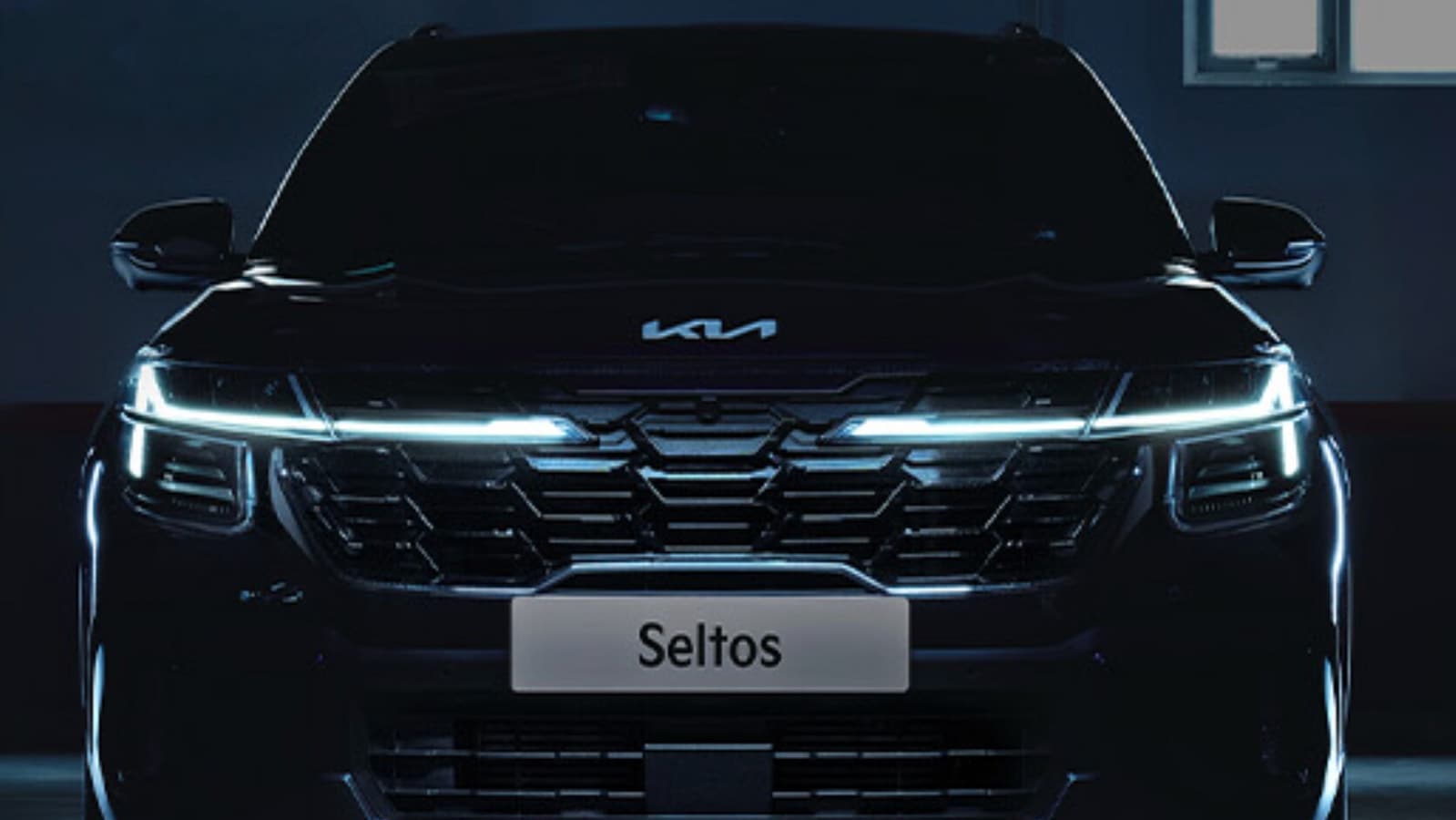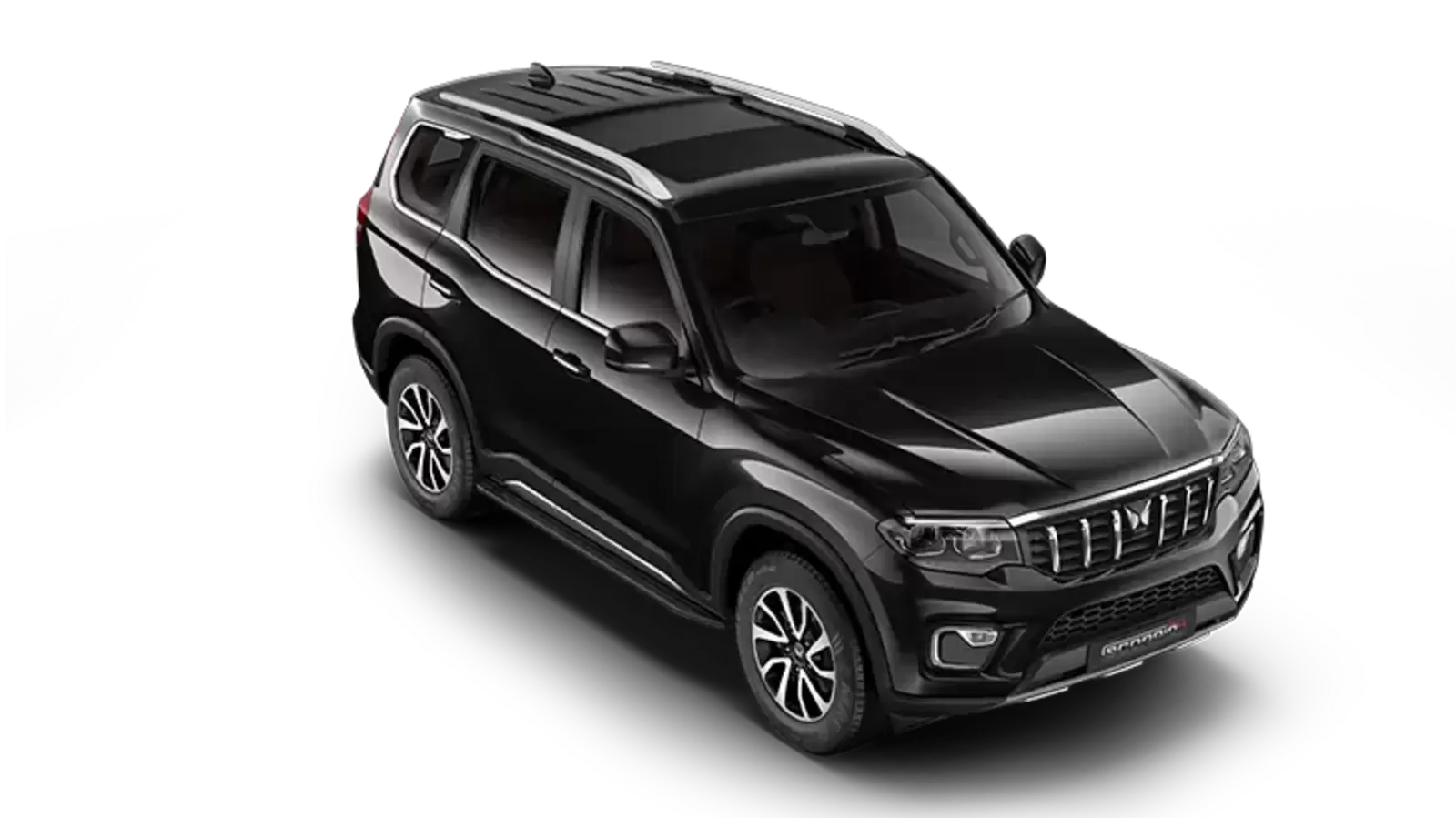Toyota last week unveiled its third-generation hydrogen fuel-cell stack, demonstrating continued commitment to fuel cells alongside battery-electric vehicles.
In a press release, the automaker promised improved durability and efficiency, as well as lower production costs for the new stack, which Toyota plans to debut in passenger vehicles and heavy-duty commercial trucks in North America, Europe, China, and Japan by 2026.
Toyota claims the third-generation fuel-cell stack is 1.2 times more fuel-efficient than the previous generation, allowing for a 20% improvement in range between fueling stops. And it claims durability comparable to diesel engines—the powertrain tech that Toyota sees fuel cells replacing in commercial semi trucks.
Toyota third-generation hydrogen fuel cell stack
Other improvements include more compact hardware that will make packaging into different kinds of vehicles easier, and “significant cost reduction through innovations in cell design and manufacturing processes,” according to Toyota.
Despite problems with hydrogen fueling infrastructure, Toyota has persisted with the fuel and the electrified vision around it. Last year it teased the idea of applying a big-battery plus fuel-cell powertrain to heavy-duty pickups in addition to semis, and opened a California “hydrogen headquarters” focused around hydrogen products.

2024 Toyota Mirai
Toyota has also done some pretty inventive things—like (with partners) take its biggest U.S. port off the grid and make it a high-efficiency power plant—that could be applied to industry and elsewhere around the globe. It’s also dabbled with vehicles that burn hydrogen, although it’s unclear to what level it sees that part of the future on a volume production level.
On the passenger-car side, it’s clear Toyota is putting effort into the product. Even with the bZ4X around, the best-driving electric Toyota is, to this day, the Mirai—although the Mirai gets its electricity from a fuel cell. As a reality check, by 2030 Toyota still appears to see more hydrogen vehicles than EVs powered by the solid-state batteries it’s also developing.




